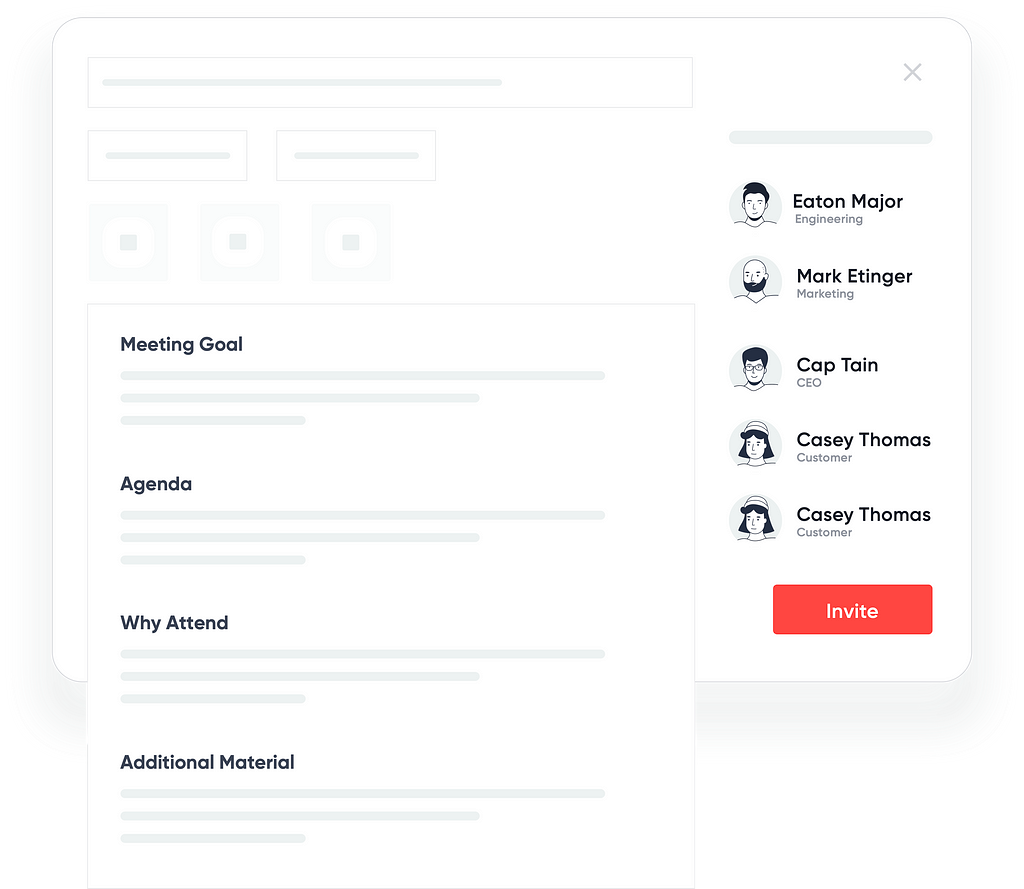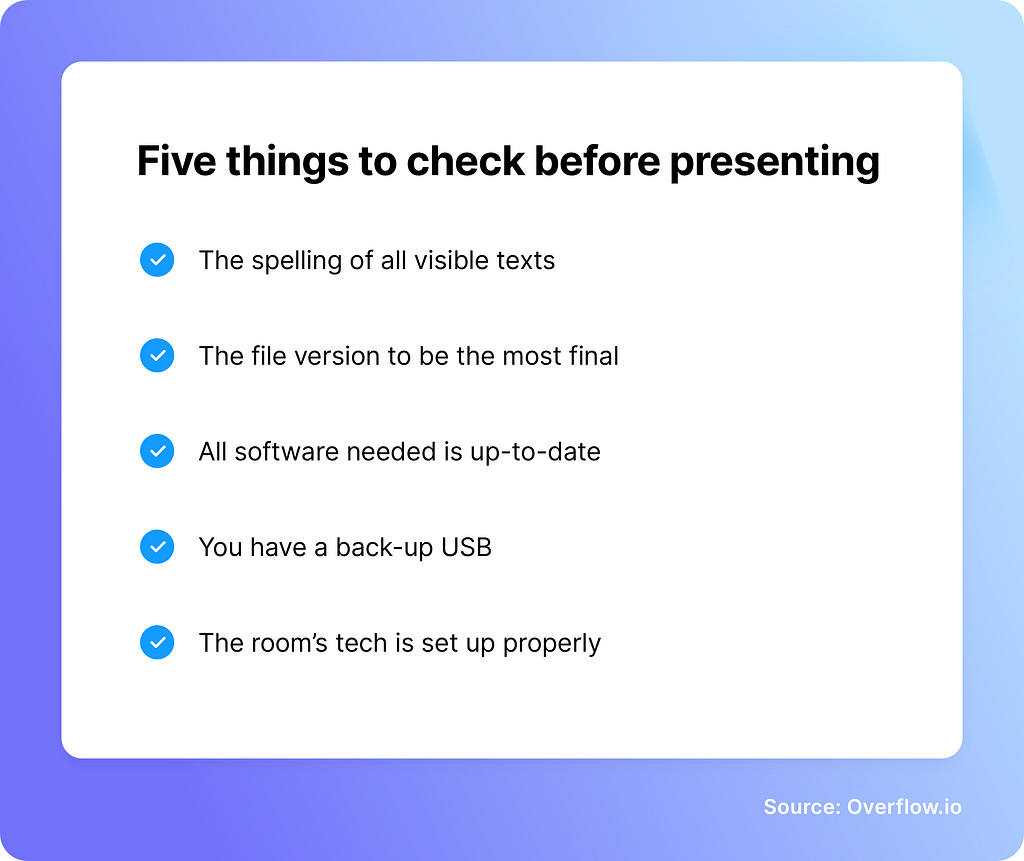
Presenting designs to an audience of teammates or stakeholders is part of the job description of almost every designer. Oftentimes these meetings are a significant source of stress, not only because of the number of people attending, but also because they are usually critical for the next steps of the project at hand.
One of the things that many designers forget is that, like everything else, design critique meetings require a good level of preparation that’s not just limited to putting together the presentation content. This article outlines some of these less obvious points that are often forgotten, so you can ace your next design presentation.
Set up a presentation meeting
Although this may seem like a no-brainer, you’d be surprised at how often it’s not taken seriously. Just sending a plain invite is not enough; sure, people have it in their calendar now but do they really know what the meeting is about? Have expectations been set? Do they need to prepare anything ahead of joining?

Meeting invites need to include a proper description of the meeting goal(s), as well as some background information, so stakeholders can have access to valuable context, regardless of their prior level of involvement with the project. Additionally, this is where you need to inform attendees if they’ll need to come prepared somehow or if just their presence is enough.
And, last but not least, don’t forget to add any attachments that might provide more context, such as design files, briefing documents, prior meeting minutes, reading material, etc.
Rehearse in a safe environment
As a next step, pick a trusted colleague or friend and give your presentation a run, so you can collect valuable feedback and get more familiar with your content. It helps to involve someone with limited to no knowledge of the project at hand, as some of your real presentation attendees might come similarly unprepared.
Your presentation most likely includes visual content, such as design screens or a user flow diagram. Such content is crucial in design presentations and it’s important that you can get detailed feedback on it from your rehearsal buddy, so you can have plenty of time to re-evaluate your work and improve it accordingly.
Make improvements
Assuming everything went well in the last step, you probably received actionable feedback from your rehearsal audience. Allow the feedback to sink in and re-evaluate everything from a different perspective. Apply all changes you deem necessary, while still making sure that the user experience presented remains as solid as possible.
Ideally, once you’ve applied changes and improvements, it’s recommended that you go back to one of the people you presented to during the previous step and ask them if they believe things are clearer now. This will also allow you to rehearse one last time and digest the content in its final form.
Prepare a solid presentation intro
Opening your presentation with a strong intro doesn’t just command audience attention but it also works as a sort of content index. It also helps set the right expectations from the start and avoid any surprises, as well as remind everyone of the meeting goals to avoid sidetracking.
Generally, never assume that your audience has read the calendar invite or that they remember everything. However, it’s also important to make sure that the introduction you prepare is not too long, otherwise your audience might get bored before you even get started.
Double-check everything
Even if you are a confident presenter, there’s a handful of things that can go wrong during a presentation. Go through the following checklist before you enter that physical or virtual meeting room:

If you followed all the above tips, there’s very little room for hiccups in your upcoming presentation. Face your audience confidently and best of luck 🤞
Is there any other technique you like to follow when preparing to present in front of an audience of mixed stakeholders? Feel free to share in the comments section or let us know on Twitter, Facebook, or Instagram!
Article written and curated by Constantinos Vitoratos.
Build meaningful design presentations and engage your audience in design critique